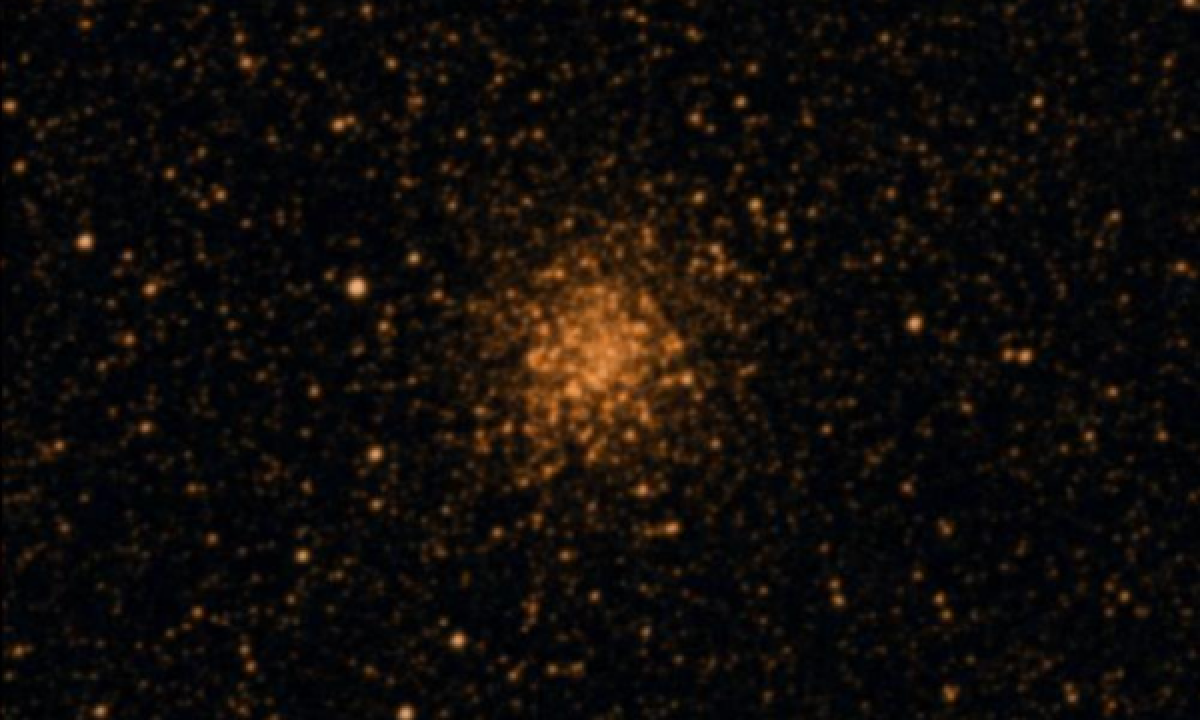The New General Catalogue of Nebulae and Clusters of Stars (abbreviated as NGC) is a catalogue of deep-sky objects compiled by John Louis Emil Dreyer in 1888. The NGC contains 7,840 objects, known as the NGC objects. It is one of the largest comprehensive catalogues, as it includes all types of deep space objects, including galaxies, star clusters, emission nebulae and absorption nebulae.
Know more about NGC
NGC 1846

NGC 1846 is a globular cluster containing hundreds of thousands of stars in the outer halo of the Large Magellanic Cloud. It was discovered on November 6, 1826, by James Dunlop and is included in the New General Catalogue. At an aperture of 50 arcseconds, its apparent V-band magnitude is 10.68, but at this wavelength, it has 0.07 magnitudes of interstellar extinction. NGC 1846 is about 1.7 billion years old. Its estimated mass is 5.7×104 M☉, and its total luminosity is 1.68×105 L☉, leading to a mass-to-luminosity ratio of 0.34 M☉/L☉. All else equal, older star clusters have higher mass-to-luminosity ratios; that is, they have lower luminosities for the same mass. In an image taken by the Hubble Space Telescope in 2006 (see picture), astronomers spotted a green planetary nebula towards the bottom of the image. It is uncertain whether NGC 1846 contains this planetary nebula or if it just happened to be on the same line of sight; however, measurements of the motion of the cluster's stars along with the nebula's central star lead to the conclusion that it is a member of the cluster.
More Images:

Sources:
Wikipedia Page: NGC 1846
NGC 1846 at In-The-Sky website
